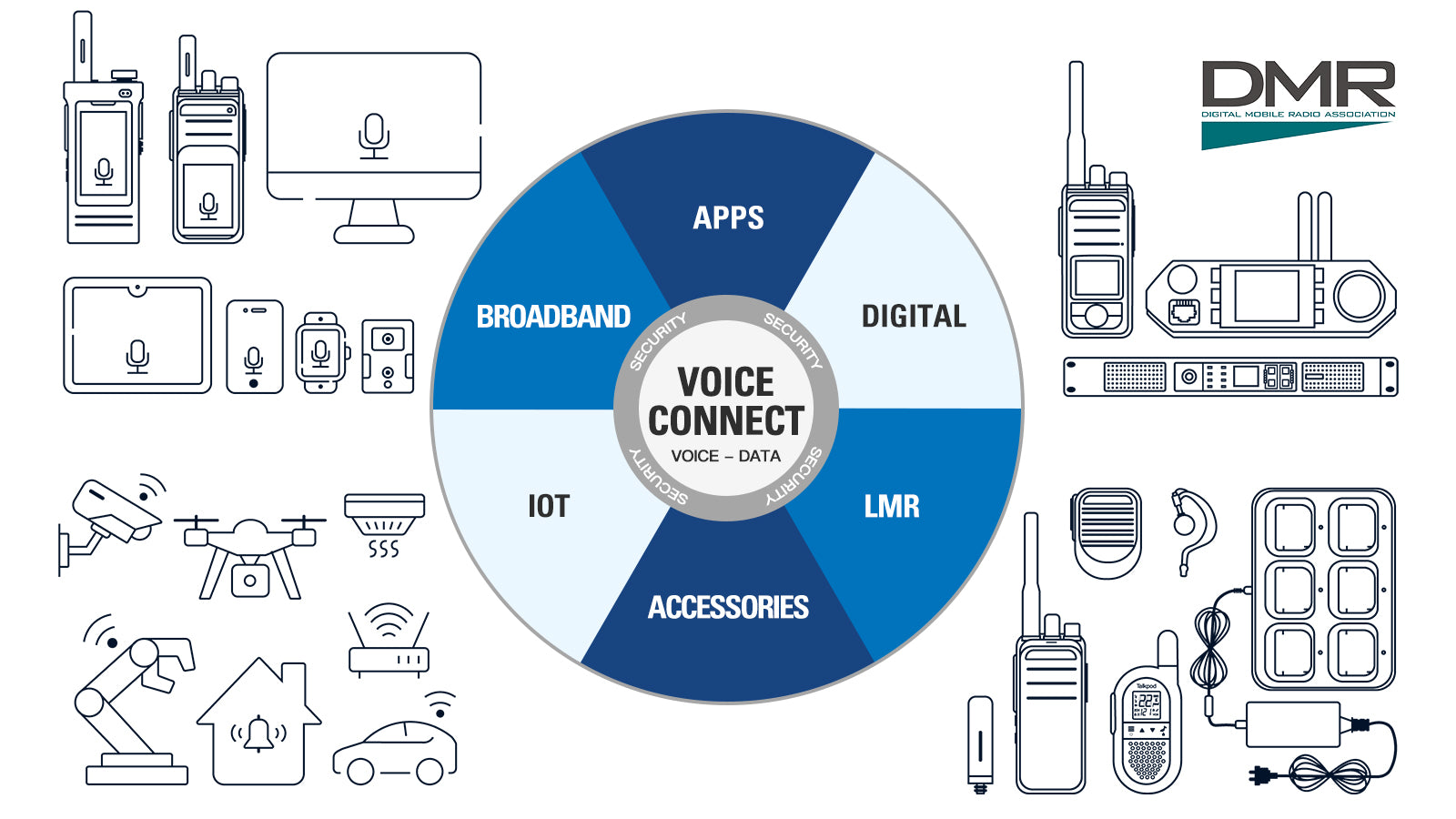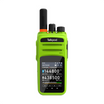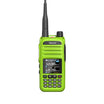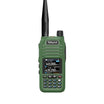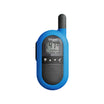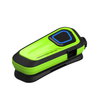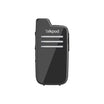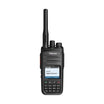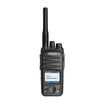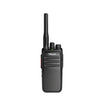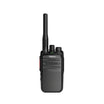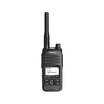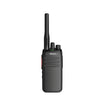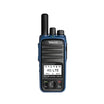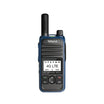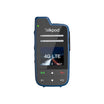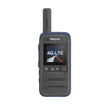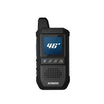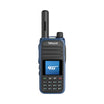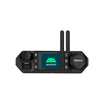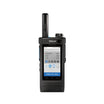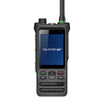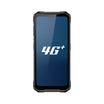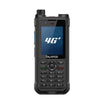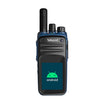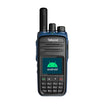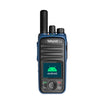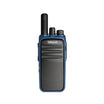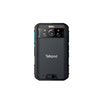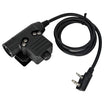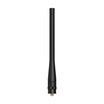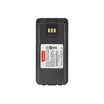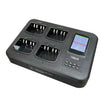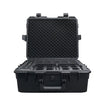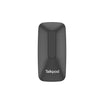In today’s digital era, effective communication stands as the backbone of successful business operations. Digital Mobile Radio (DMR) and Push-to-Talk over Cellular (PoC) are two pivotal technologies reshaping the landscape of organizational communication. Below is an in-depth comparison to guide businesses in choosing the appropriate technology.
Coverage and Connectivity
DMR: Operates within a specific range limited by radio infrastructure. Ideal for localized operations, DMR ensures stable communication in designated areas, requiring repeaters to extend coverage.
PoC: Leverages widespread cellular networks, offering extensive coverage that transcends geographical limitations. PoC is advantageous for businesses with national or global operations requiring communication across vast distances.
Cost Implications
DMR: Involves higher initial costs due to the necessity for infrastructure setup, such as repeaters and antennas. However, once installed, ongoing costs are generally lower since it does not rely on cellular data plans.
PoC: Offers lower initial investment as it utilizes existing cellular networks. However, recurring costs can be higher due to data usage and monthly service fees, making it cost-effective for businesses already invested in cellular capabilities.
Integration and Usability
DMR: Provides robust and reliable communication tailored for professional use. Integration with existing systems may require additional equipment, but it offers a dedicated network for secure and uninterrupted communication.
PoC: Easily integrates with existing mobile devices and networks, allowing for a seamless blend of organizational communication with modern digital infrastructure. It supports a range of features beyond voice, such as messaging and location tracking, enhancing operational efficiency.
Battery Life and Device Durability
DMR: Radios are designed for prolonged use with extended battery life and rugged durability, suitable for harsh operational environments.
PoC: While offering the convenience of using commercial smartphones, battery life can be a limitation due to data usage. However, rugged PoC devices are available to meet the demands of intensive fieldwork.
Security and Privacy
DMR: Offers enhanced security features like encryption and private networks, making it suitable for sensitive communications in sectors like public safety and security services.
PoC: While generally secure, it relies on public cellular networks, which may pose risks in terms of data privacy and security. However, advancements in encryption and private networks are improving PoC’s security stance.
Scalability and Flexibility
DMR: Scaling requires additional physical infrastructure, which can be cumbersome and expensive. However, it offers unmatched reliability and control for fixed operations.
PoC: Provides exceptional scalability and flexibility, allowing businesses to add users easily and expand their communication network without significant infrastructure investments.
Conclusion: DMR or PoC?
The choice between DMR and PoC depends on a business’s specific communication needs, operational scale, and budget constraints. DMR is well-suited for organizations requiring robust, secure communication within fixed locations or defined geographic areas. In contrast, PoC is ideal for businesses seeking extensive coverage, flexibility, and the ability to integrate communication with broader digital initiatives.
Ultimately, businesses should assess their current and future communication needs, considering factors such as scalability, security, and cost, to make an informed decision between DMR and PoC technologies.


